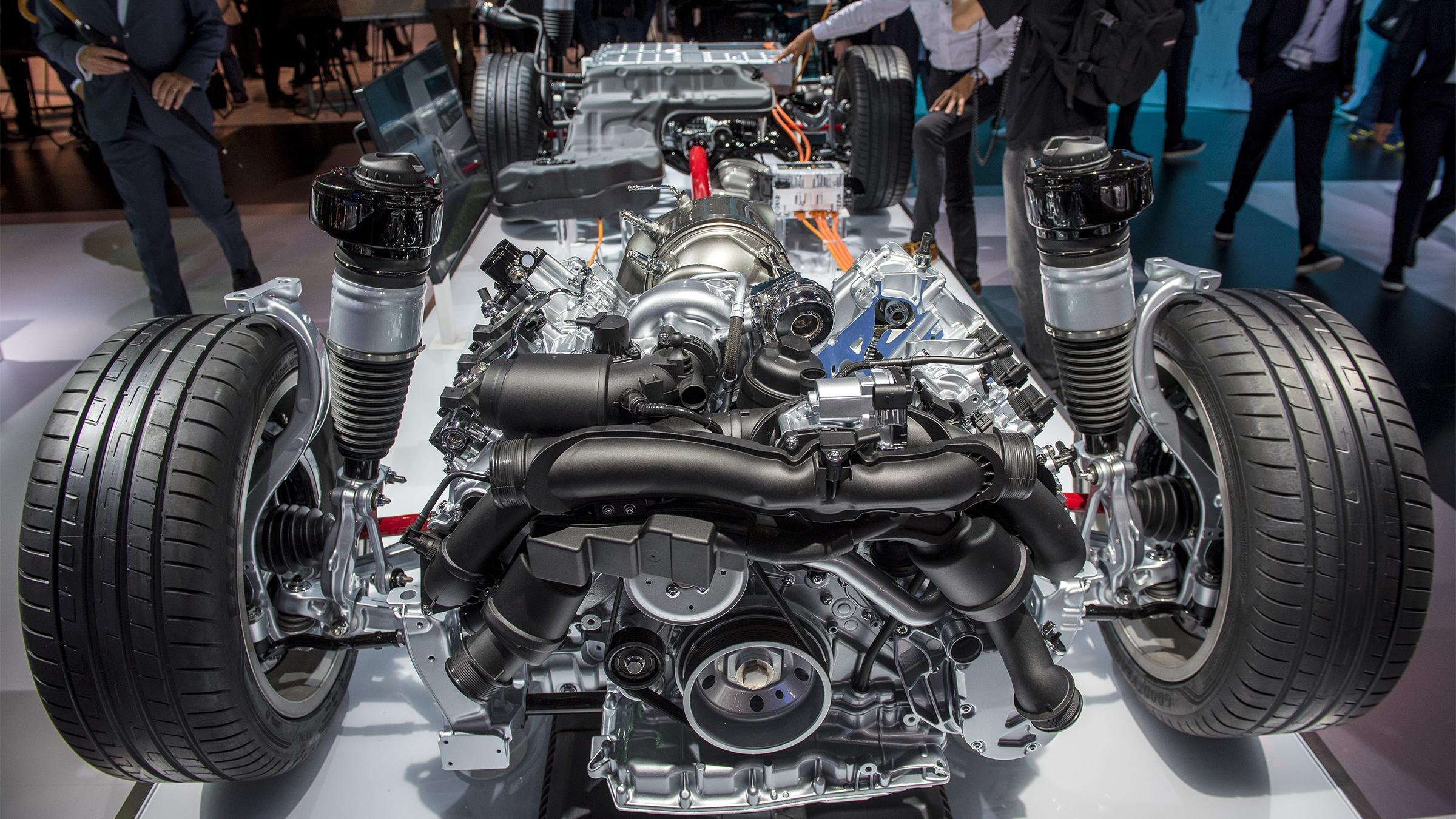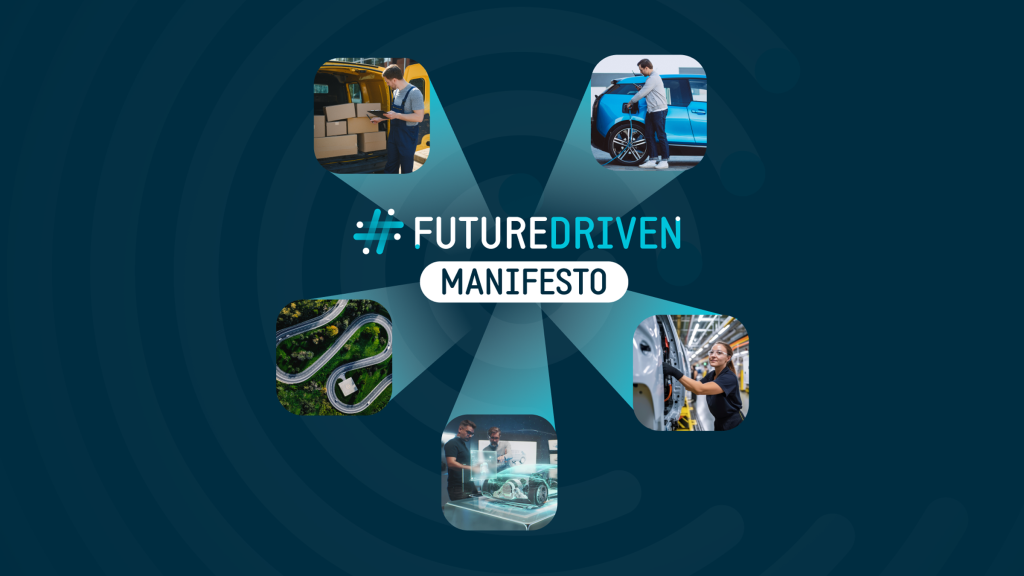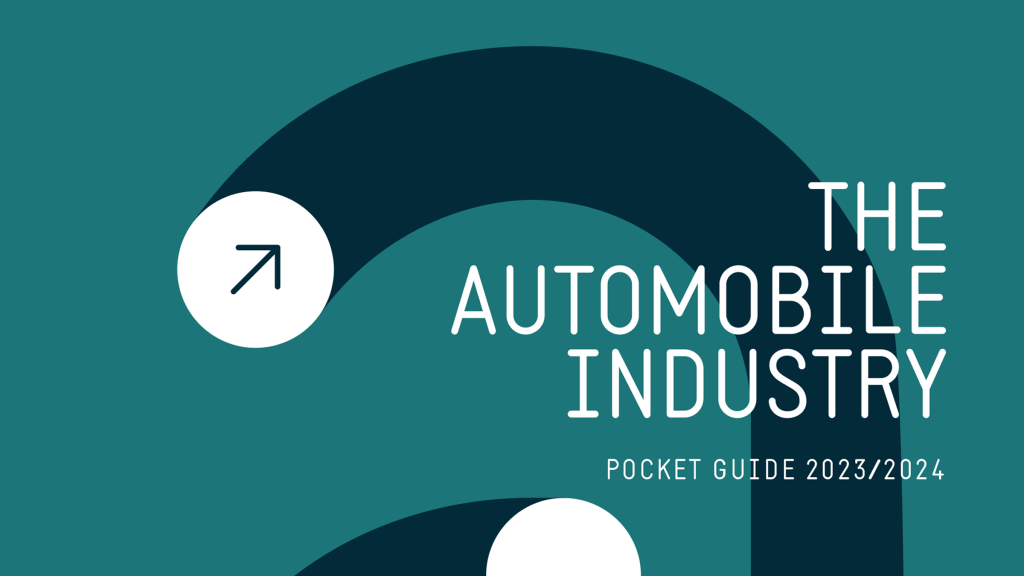End-of-life vehicles: EU must balance conflicting waste, product, and chemical objectives

Brussels, 13 July 2023 – The EU has unveiled its End-of-life vehicles (ELV) Regulation to boost vehicle circularity while pushing ambitious recycled content targets. ACEA is concerned that the proposal could duplicate or complicate existing rules and industry best practices on sustainable design. Law makers must instead ensure a coherent regulatory environment that enables manufacturers to scale up vehicle circularity investments.
The European auto recycling value chain delivers an exceptional reuse and recovery rate of around 95%. For cars, the recycling rate stands at a noteworthy 85%, with another 10% of materials used for energy. The industry’s commitment to ‘design for sustainability’ practices and increasing the use of recycled materials in new vehicles is central to this European circular economy success story.
“We are committed to the design-for-sustainability principle, and high recycling rates prove that these practices work,” noted Sigrid de Vries, ACEA’s Director General. “While the proposal is pushing for ambitious recycled content targets, European auto manufacturers believe law makers should instead focus on ensuring a coherent legislative framework that balances conflicting waste, product, and chemical regulations for vehicles,” she added. “We are also concerned that the Commission has not sufficiently examined imbalances in the demand and supply of recycled materials and existing technology gaps before proposing these ambitious targets.”
Vehicles are one of the most complex products to design on the market; they comprise a diverse range of parts composed of multiple materials where recycling technologies may not yet be available. This is particularly true for the increasingly greener and more intelligent vehicles entering the market. For example, some newer models use carbon fibres to reinforce plastic parts – these novel materials can reduce carbon footprint and energy consumption but are challenging to recycle and can contaminate waste streams.
Auto makers invest around one-third of the EU’s R&D spend, much of which is pumped into technologies to boost vehicle circularity. However, the Commission’s proposal risks duplicating or complicating existing rules and industry best practices, hindering these vital investments. Instead, the regulation should better account for vehicles’ increasing complexities and specificities, including longevity, durability, and reparability.
ACEA also believes that the current ELV and the 3R Type-Approval directives should not be merged. Their separation provides manufacturers with more certainty, eg for investments in recycling technologies for the lithium-ion batteries essential to the electric vehicles transition. “These technologies are not available at an industrial scale when new vehicle models are first placed on the market. Realistically, they can only reach lab scale around 15 years before their end of life,” notes de Vries. “The co-legislators must ensure sufficient R&D lead times or risk undermining certainty for vehicle circularity investments.”
While the End-of-life vehicles Regulation is pushing for ambitious recycled content targets, European auto manufacturers believe law makers should instead focus on ensuring a coherent legislative framework that balances conflicting waste, product, and chemical regulations for vehicles
Notes for editors
- The 3R Type-Approval Directive 2005/64/EC, also referred to as the RRR (or 3R) Directive, established guidelines for reusability, recoverability, and recyclability as a necessary component of EU type-vehicle registration.
About ACEA
- The European Automobile Manufacturers’ Association (ACEA) represents the 16 major Europe-based car, van, truck and bus makers: BMW Group, DAF Trucks, Daimler Truck, Ferrari, Ford of Europe, Honda Motor Europe, Hyundai Motor Europe, Iveco Group, JLR, Mercedes-Benz, Nissan, Renault Group, Stellantis, Toyota Motor Europe, Volkswagen Group, and Volvo Group.
- Visit www.acea.auto for more information about ACEA, and follow us on https://www.x.com/ACEA_auto or http://www.linkedin.com/company/ACEA/
Contact:
- Ben Kennard, Head of Communications, bk@acea.auto, +32 (0) 2 738 73 17
- Julien Hoez, Media Relations Manager, jh@acea.auto, +32 (0) 2 738 73 45
About the EU automobile industry
- 13.2 million Europeans work in the automotive sector
- 10.3% of all manufacturing jobs in the EU
- €383.7 billion in tax revenue for European governments
- €106.7 billion trade surplus for the European Union
- Over 7.5% of EU GDP generated by the auto industry
- €72.8 billion in R&D spending annually, 33% of EU total

